Sometimes, reality is stranger than fiction.
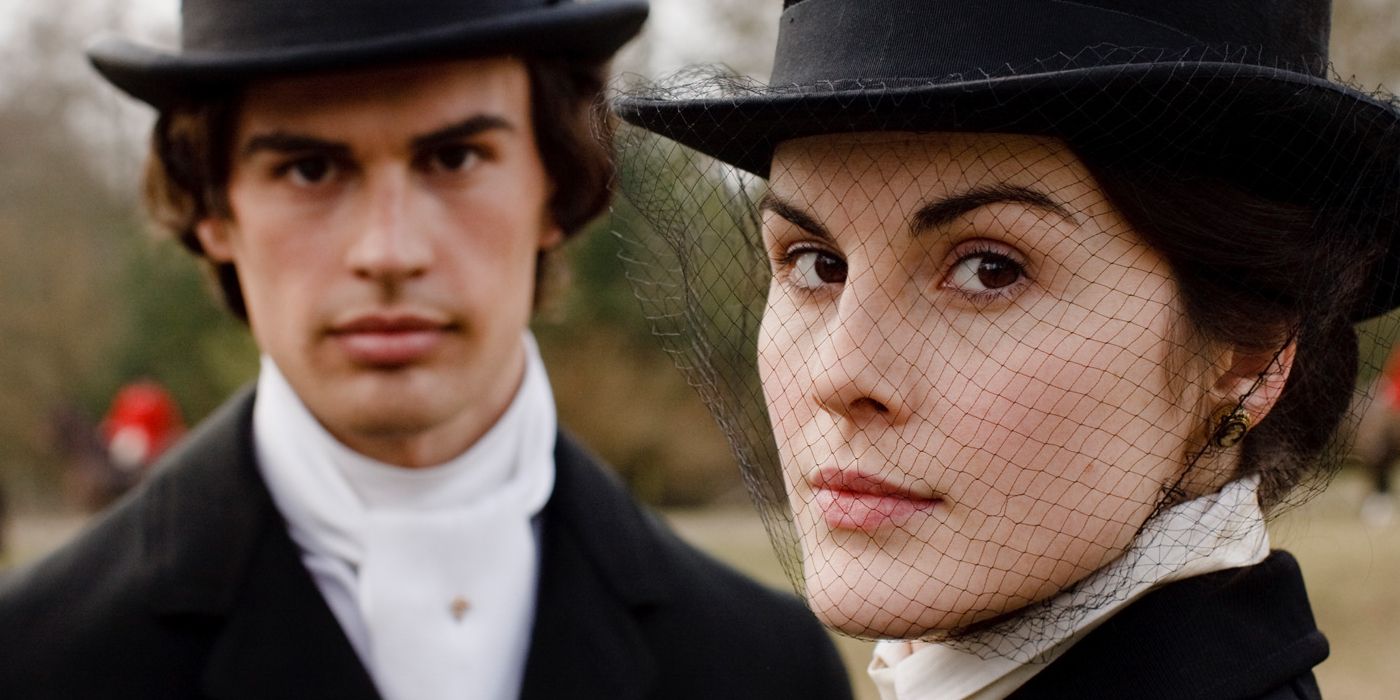
As Downton Abbey portrays the lives of those living in the grand house during the early 1900s, the show details scandals of every kind. From Sybil (Jessica Brown Findlay) eloping with Tom Branson (Allen Leech), who was the family’s chauffeur at the time, to Bates’s (Brendan Coyle) and Anna’s (Joanne Froggatt) wrongful arrests, the characters never catch a break. Yet one of the strangest plot lines takes place in Season 1 when Theo James‘ Kemal Pamuk comes to stay at Downton. The salacious details of his stay impact the show for seasons to come as it creates a barrier between Mary (Michelle Dockery) and Matthew’s (Dan Stevens) relationship and gets tied into Mary’s rivalry with Edith (Laura Carmichael). But what sets this scandal apart is that it is based on truth. The series creator, Jullian Fellowes, confirmed the story’s reality in his appearance on Downton Abbey: The Official Podcast. Though the event happened a bit differently, Fellowes did not come up with the story by himself.
It shouldn’t be a surprise for Downton Abbey to have historical inspiration as it is a specialty of Fellowes — just look at his more recent series, The Gilded Age, which is teeming with pieces of history carefully worked into the story. Downton Abby is no stranger to the truth either. The series includes several plots with a heavy dose of reality, like Robert Crawley’s (Hugh Bonneville) heir dying on the Titanic in the premiere, or the Season 2 storyline that takes Matthew and several other characters to the trenches of World War I. But both of these are major world events, while the inspiration behind the Pamuk scandal is more secretive.
What Happens to Pamuk in ‘Downton Abbey’?
Though only in one episode, Theo James’ Pamuk is an important character in the series. The Turkish diplomat creates waves when he stays at the Crawley’s house. He shows up with Evelyn Napier (Brendan Patricks), who is trying to woo Mary, but she is more interested in Pamuk, and they begin a brief but clear flirtation. Pamuk sneaks into Mary’s room at night, a secret that, if discovered, would ruin her despite her attempts to send him away. But the incident takes a dark turn when Mary wakes to find him dead in her bed. Determined to cover up her indiscretion, Mary enlists the help of her maid, Anna, and her mother, Cora (Elizabeth McGovern), to transport the body back to his room on the other side of the massive house. Pamuk is found dead of a heart attack in his own room, and Mary avoids a scandal.
Yet there are rumors of the event, especially after Edith writes to Pamuk’s parents with the details she heard. Bates’ first wife uncovers it and threatens to release the story, taking Anna down with the Crawleys, but Mary’s at-the-time fiancée, Richard Carlisle (Iain Glen), buys and kills the rumor. Feeling obligated to Richard Carlisle, Mary stays with him too long, delaying her relationship with Matthew. She even hesitates to marry Matthew because she fears telling him this dark secret. For such a brief appearance, Pamuk’s actions and his death have a long-lasting impact on the show – fitting for such a dramatic story, but what’s surprising is this story is not as fictitious as it seems.
This ‘Downton Abbey’ Scandal Is True… Sort Of
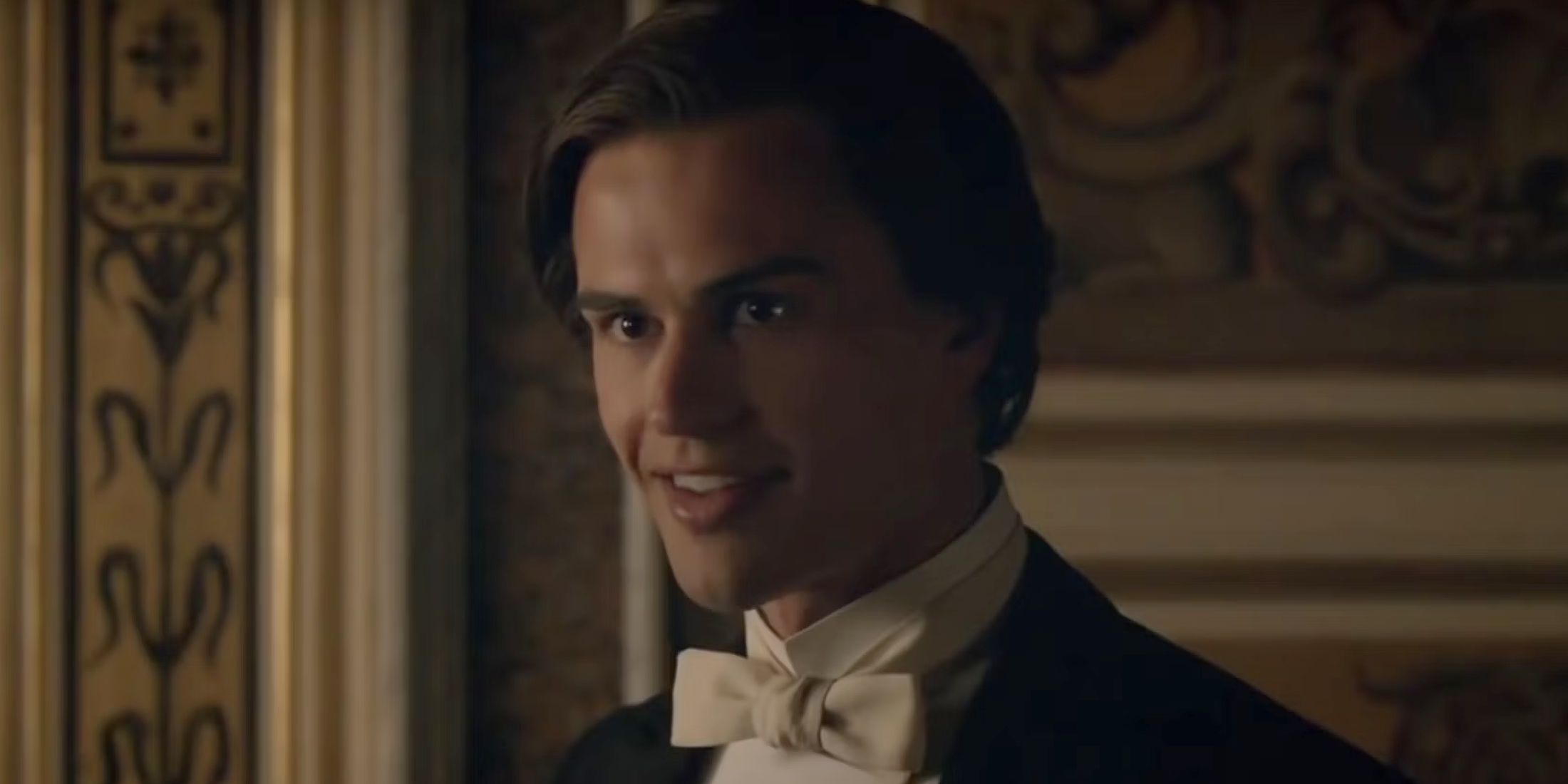
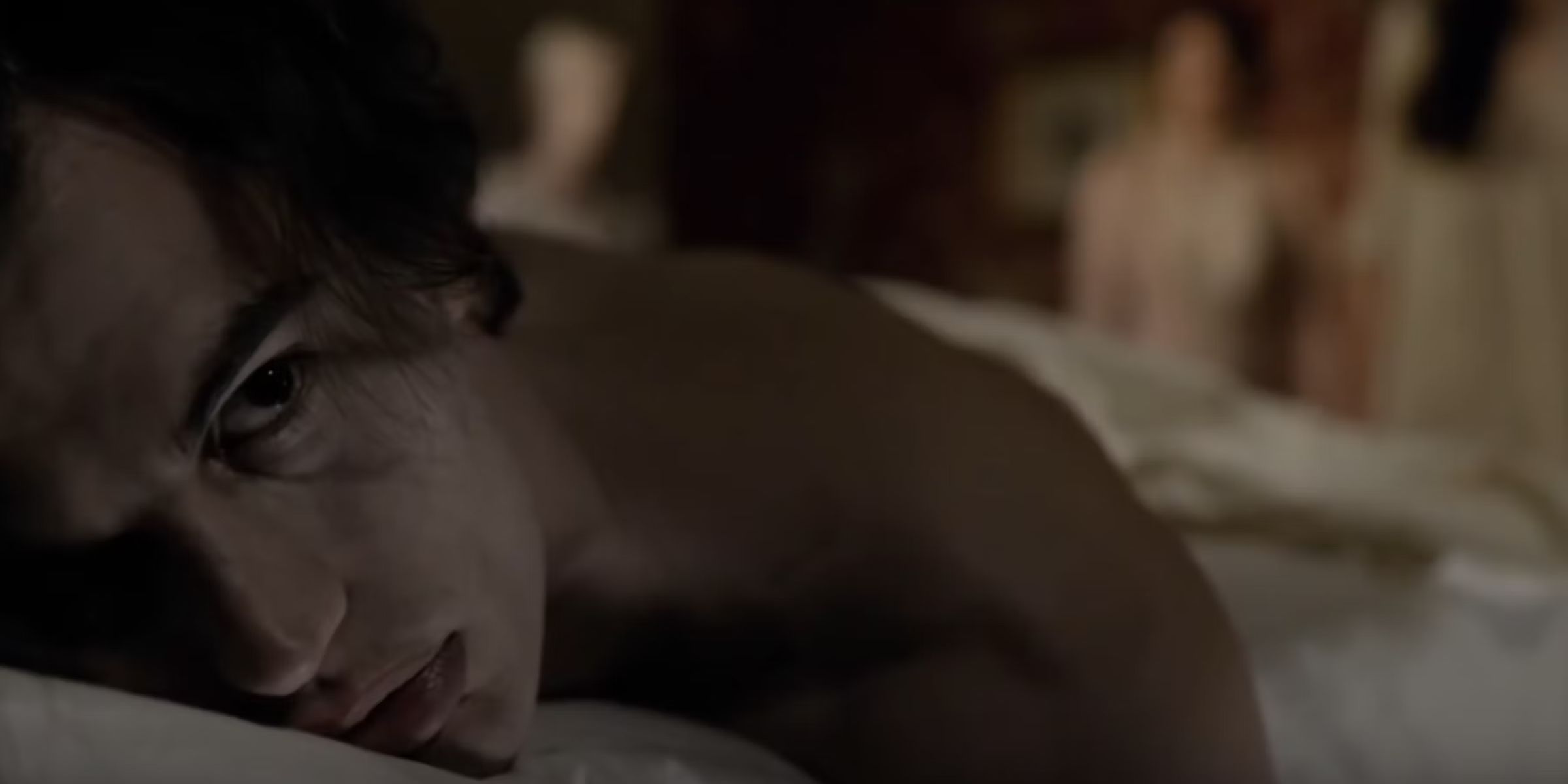
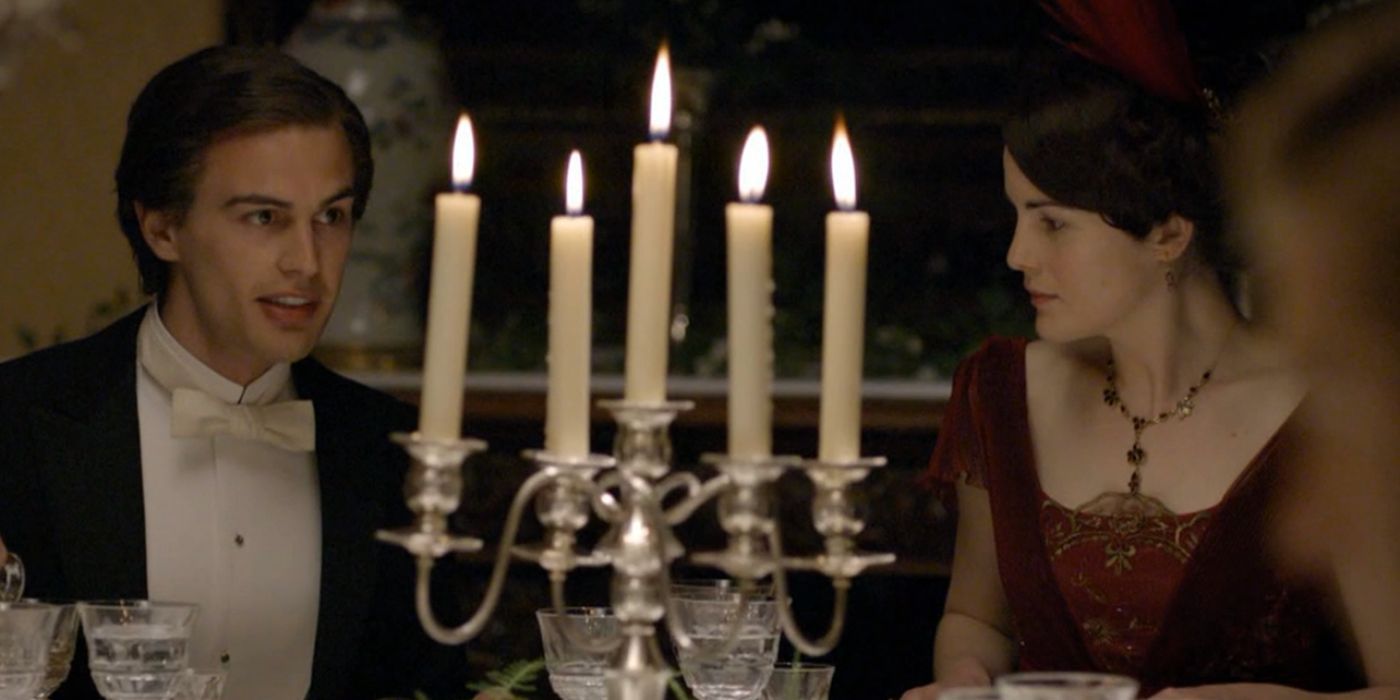
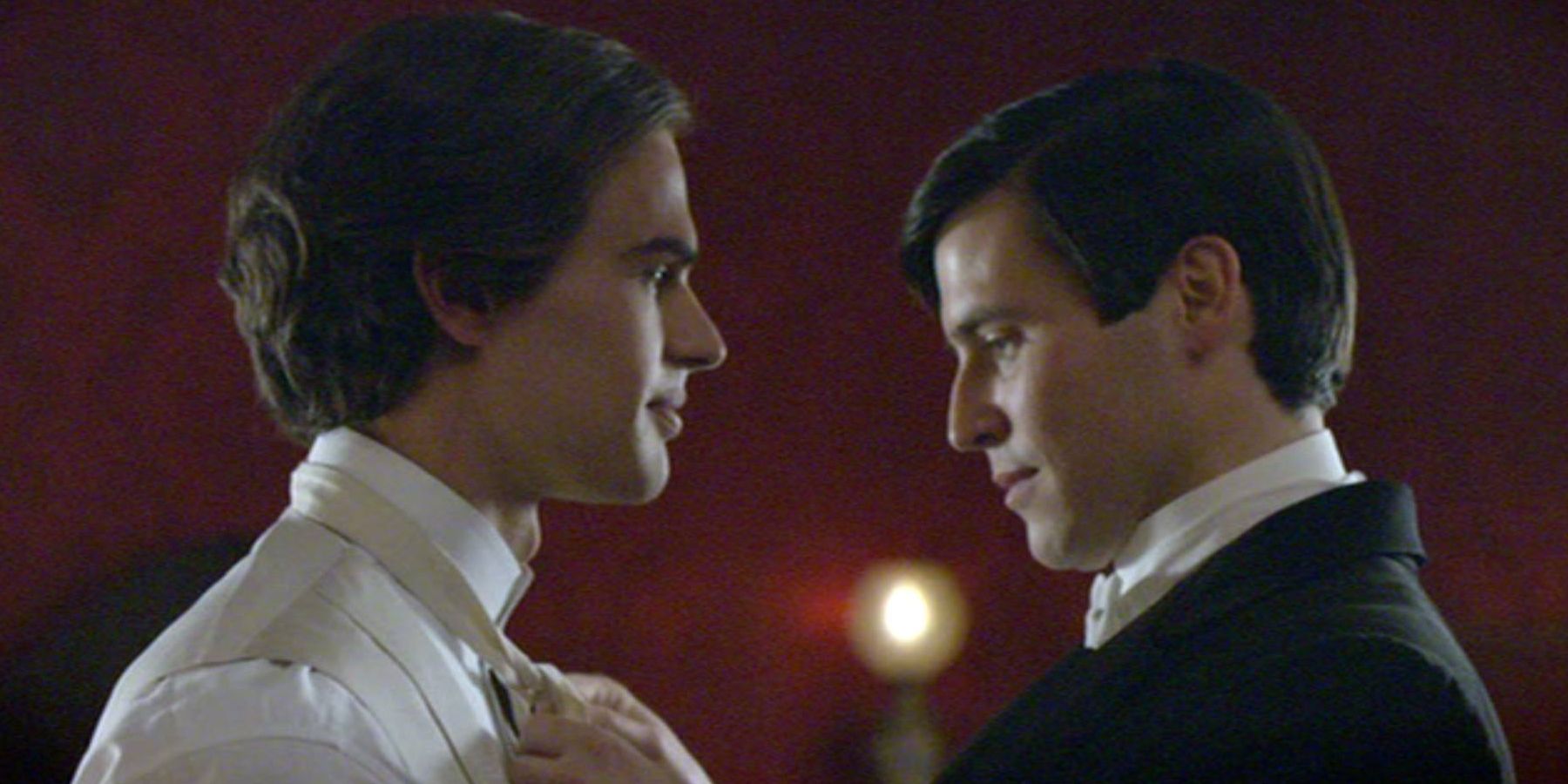
There is no real Lady Mary Crawley, nor is any other character involved in the plot anything more than an invention of Fellowes, but the story itself is based on truth. The little-known fact is that the story is based on a young woman in Mary’s exact situation. Fellowes confirmed on Downton Abbey: The Official Podcast that he based the story on an entry in a journal from the 1890s.
A friend of Fellowes’, who owns an English country house like Downton, uncovered several journals, one from a great-great aunt who details the secret events of a house party. The house had a gallery with rooms designated for single women, including young ladies, widows, spinsters, and anything in between. The journal describes one of the unmarried women’s affairs that ended with a man dying of a heart attack in her room. The woman called on the other women in the house party who would be embroiled in the scandal if things got out, and together, they transported the body across the house.
Not only is there no public record of the scandal this secret could have caused, but a second journal from the same time proves they got away with it. A male ancestor of Fellowes’ friend recorded that their guest had a heart attack and died in his room. Though noting that the event was sad, his account claimed that the first to know was the valet, who found the man in his own room, proving that those not involved in moving the body had no idea of the truth.
‘Downton Abbey’ Took Liberties With the True Story
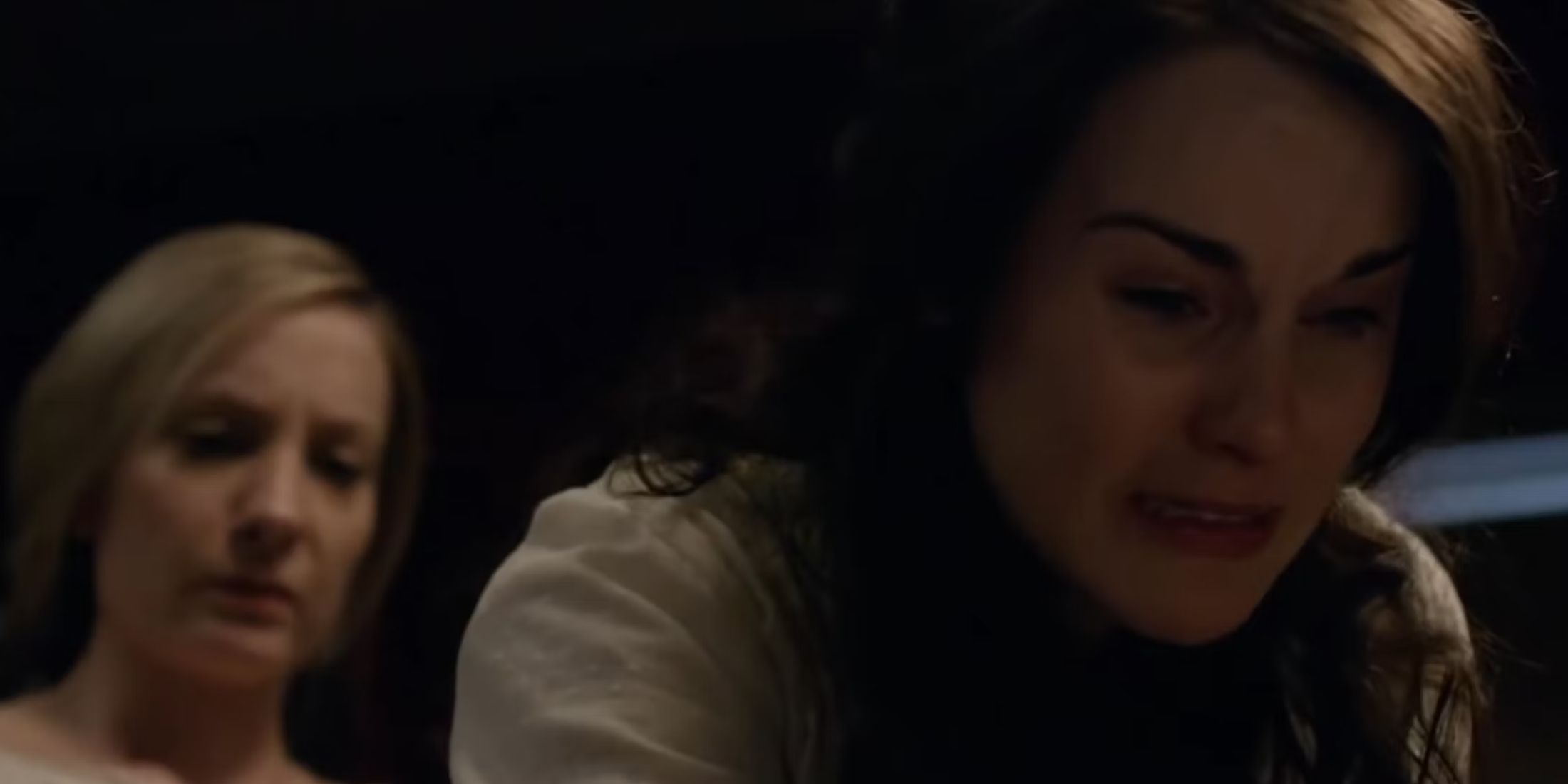
Certainly, Downton Abbey is not a totally accurate version of the story. Mary sought the help of people she knew well rather than those nearby. However, there are still similarities to this aspect of the story. In both reality and fiction, help is provided by people who would be affected by the scandal if it were to become public. Even being near such a notorious event could have ruined these women, and on Cora and Anna’s part, they are closely tied to Mary, and her reputation affects them, too. Fellowes explains that Cora’s response is accurate based on his source. She jumps into action to prevent a scandal before dwelling on her anger. Cora’s view of Mary changes because of the event, but she determinedly keeps the secret for the sake of Mary, her other daughter, the family, and the entire house.
More importantly, in Downton Abbey, the secret gets out. Though not confirmed, the rumor about Mary’s connection to Pamuk circulated for years. By the end, even Robert learns the truth about Pamuk. Though the scandal is never publicly confirmed, Mary faces the fallout of rumor for years, and it is nearly published for all to read. Meanwhile, the true story didn’t come to light until generations later through the private journals of those present. Yet the fact that it remained a secret proves that sometimes, fact is stranger than fiction.
Downton Abbey is available to stream on Prime Video in the U.S.





